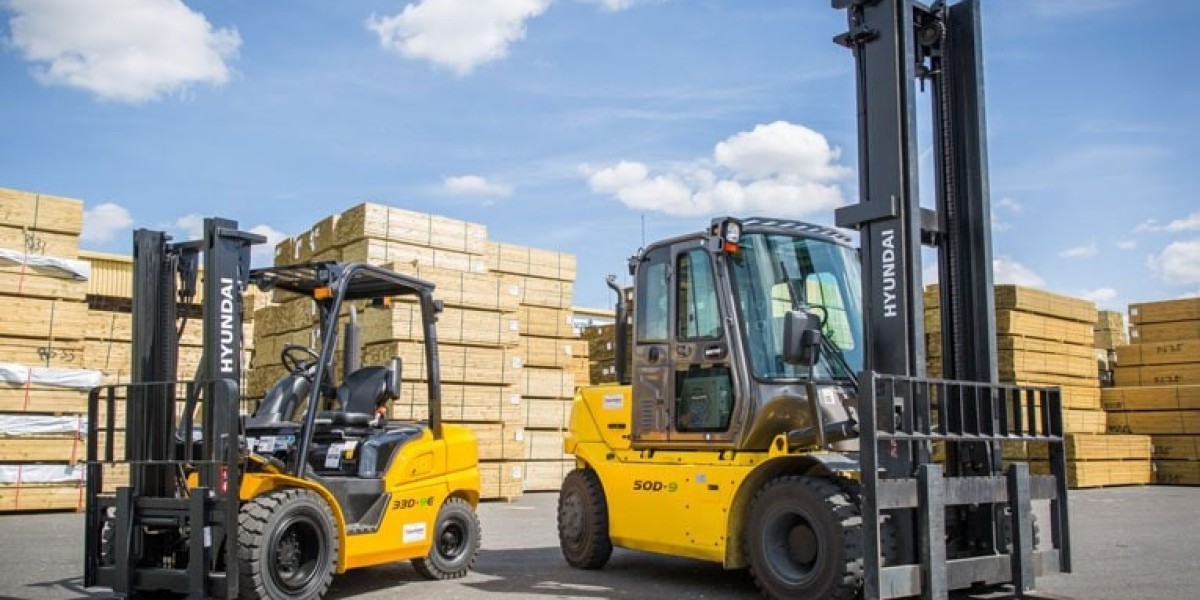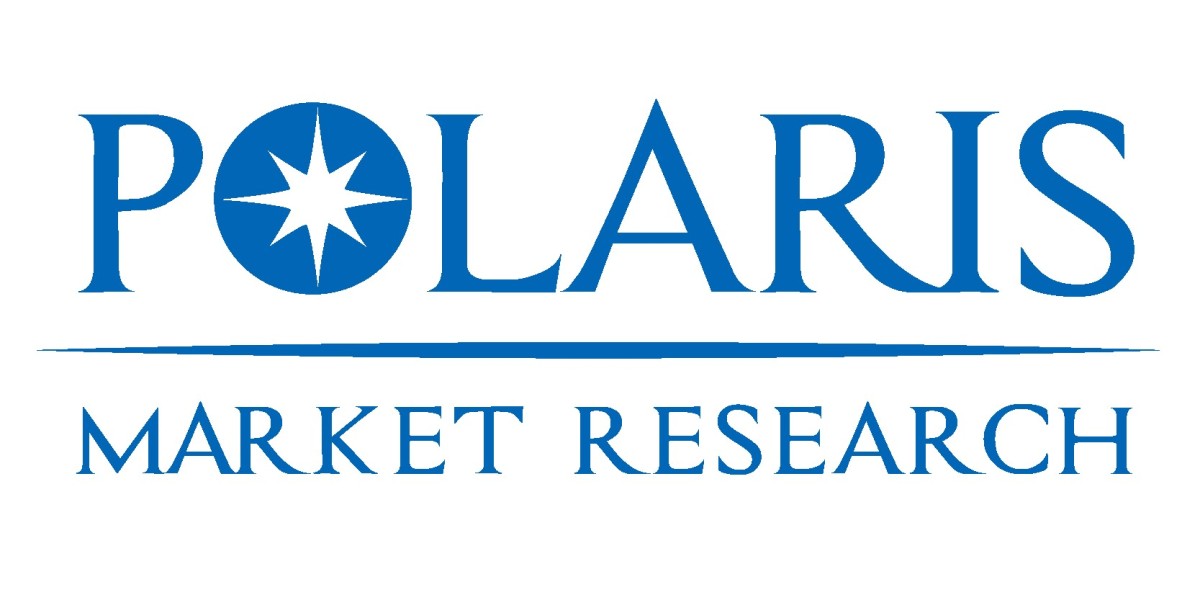The role of the forklift operator is changing. Instead of solely focusing on navigation and lifting, operators are now supported by a suite of technologies that enhance safety, precision, and efficiency. The forklift itself has become a data-generating powerhouse, its intelligence crucial for the smooth flow of goods from manufacturing to delivery. This evolution is redefining material handling, making it safer, more predictable, and deeply integrated into the Internet of Things (IoT).
This infusion of intelligence and automation is the core driver of the sector's value growth. According to Straits Research, the global forklift landscape was valued at USD 79.84 billion in 2024 and is expected to grow from USD 89.82 billion in 2025 to reach USD 230.45 billion by 2033, growing at a CAGR of 12.5% during the forecast period (2025-2033). This growth reflects the higher value of smart, connected equipment and the sophisticated software that controls it.
Innovation Focus and Competitive Analysis:
Innovation is centered on augmenting human operators and enabling fully autonomous operations.
Automation and Autonomy: Companies are aggressively developing AGVs and autonomous mobile robots (AMRs). Toyota Advanced Logistics and Kion's Dematic division are creating forklifts that can navigate dynamic environments without human intervention, working alongside people for mixed-floor operations. This is particularly valuable for repetitive, horizontal transport tasks.
Advanced Safety Systems: Safety is a primary sales feature. Modern forklifts are equipped with 360-degree camera systems, radar-based pedestrian detection, and speed control via geofencing. Crown Equipment’s QuickPick® remote control system allows operators to handle very high-level order picking with their feet firmly on the ground, eliminating fall risks.
The Power Play: Lithium-Ion Dominance: The competition over energy systems is fierce. While lithium-ion is winning, suppliers are differentiating on battery management software, charging speed, and battery-as-a-service models. Chinese manufacturers like Anhui Heli Co., Ltd. are becoming increasingly competitive globally, offering cost-effective electric models.
Regional Demand Drivers: In North America and Europe, growth is driven by e-commerce and the need to retrofit existing warehouses for higher density and efficiency. The Asia-Pacific region, particularly China and India, represents the largest volume growth opportunity, fueled by massive investments in new logistics infrastructure and manufacturing capacity.
Emerging Trends: The Software-Defined Forklift
A major trend is the value shift from hardware to software and services. The profitability for manufacturers is increasingly in the proprietary software platforms that manage fleet operations, energy consumption, and predictive maintenance. These subscription-based services create recurring revenue streams and deepen customer relationships.
Furthermore, predictive analytics is becoming standard. By analyzing data from thousands of operating hours, manufacturers can develop algorithms that predict component failure—such as a weak hydraulic pump or wearing brakes—weeks in advance, allowing parts to be replaced during scheduled downtime and avoiding costly operational disruptions.
Recent News and Developments:
The industry's direction is clear in recent announcements. Hyster-Yale recently unveiled a new line of high-capacity electric container handlers, challenging the notion that only diesel can power the heaviest loads. In a significant tech partnership, Jungheinrich and Siemens announced a collaboration to develop next-generation automation software for their forklift fleets. From Japan, Komatsu revealed a new autonomous forklift system designed specifically for crowded, unstructured outdoor environments like construction sites.
Summary: Intelligence and automation are defining the next generation of forklifts, enhancing safety and optimizing logistics operations. The industry's focus has shifted from pure hardware to integrated software solutions and data-driven services.













